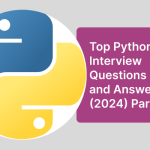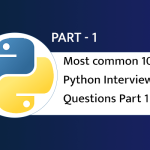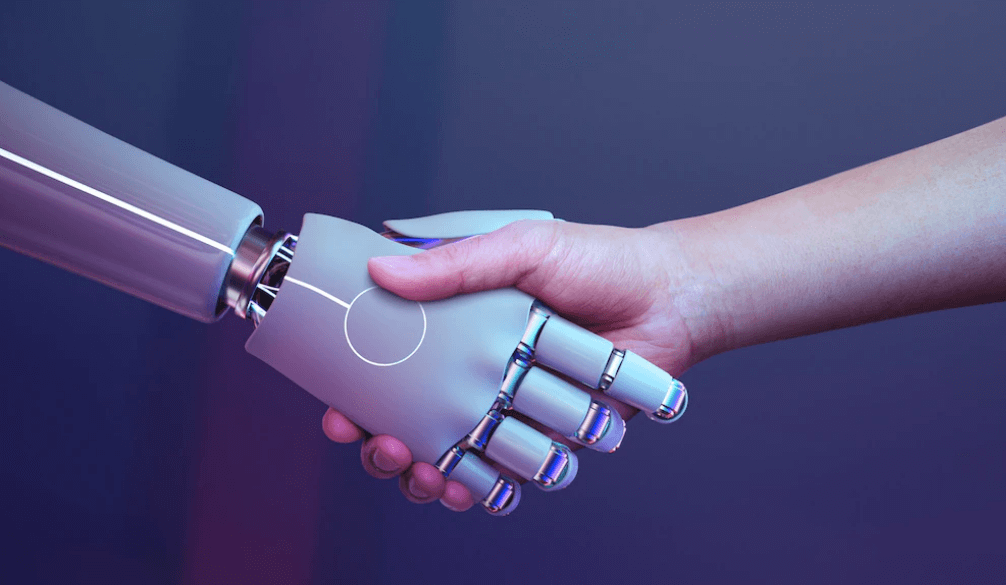Generative AI refers to a class of artificial intelligence techniques and algorithms that are designed to create or generate new content, typically in the form of images, text, audio, or other media, that is similar to or inspired by existing data. These systems learn patterns and structures from large datasets and then use that knowledge to generate new, original content.
One of the most popular forms of generative AI is Generative Adversarial Networks (GANs), which consist of two neural networks, a generator and a discriminator, trained simultaneously in a competitive manner. The generator creates new data instances, while the discriminator evaluates them for authenticity. Through this adversarial training process, GANs can generate highly realistic and diverse outputs, such as photorealistic images or realistic-sounding music.
Generative AI has applications in various fields, including art generation, content creation, data augmentation, and even in generating synthetic data for training machine learning models when real data is scarce or difficult to obtain.
How Generative AI Works?
It’s works by leveraging neural networks, a type of machine learning model inspired by the structure and function of the human brain. Specifically, generative AI often relies on architectures like Generative Adversarial Networks (GANs) or Variational Autoencoders (VAEs). Here’s a simplified explanation of how these architectures work:
Training Phase:
- Data Collection: First, a large dataset of examples in the desired domain (images, text, music, etc.) is collected.
- Model Training: The generative model, such as a GAN or VAE, is trained on this dataset. For example, in a GAN, there are two neural networks: a generator and a discriminator. The generator creates new samples, while the discriminator evaluates how realistic those samples are compared to the training data.
- Optimization: During training, the parameters of the neural networks are adjusted iteratively using optimization algorithms to minimize the difference between the generated samples and the real data.
Generation Phase:
- Once trained, the generative model can be use to produce new, original samples that resemble the training data.
- For example, in a GAN, the generator network takes random noise as input and produces a sample, while the discriminator evaluates its realism. This process is repeat until the generator produces samples that are indistinguishable from real data, according to the discriminator’s judgment.
Evaluation and Refinement:
- Generated samples are evaluate based on criteria such as realism, diversity, and coherence.
- The model may be further refine or fine-tuned based on feedback from users or additional training data to improve the quality of generated samples.
Application:
- Once train and refine, the generative model can be use for various applications, such as generating images, text, music, or other types of content. It can also be integrate into other AI systems for tasks like data augmentation, content creation, or personalization.
Generative AI models learn to capture and mimic the statistical patterns and structures present in the training data, allowing them to generate new samples that are similar to but not exact replicas of the original data. The ability to create novel and diverse content makes generative AI a powerful tool with applications across a wide range of domains.
Generative AI Examples
Generative AI has produced a wide range of fascinating examples across different domains. Here are a few notable ones:
DeepDream:
Developed by Google, DeepDream is a computer vision program that uses a convolutional neural network to find and enhance patterns in images via algorithmic pareidolia. It creates dreamlike and hallucinogenic images by amplifying patterns it recognizes in an image.
StyleGAN:
This is a type of GAN architecture develope by NVIDIA for generating realistic images. StyleGAN has been use to create highly realistic human faces, artwork, and even entirely new imaginary landscapes. It allows for control over various aspects of the generated images, such as facial features, hairstyles, and more.
Text Generation:
Models like OpenAI’s GPT (Generative Pre-trained Transformer) series are proficient in generating coherent and contextually relevant text. They can produce human-like articles, stories, poems, and even code given a prompt.
Music Generation:
AI models like MuseNet and Magenta use recurrent neural networks and other techniques to compose original music in various styles. These models can generate melodies, harmonies, and entire compositions that mimic different musical genres or artists.
Art Generation:
Generative AI has been employe to create unique and compelling artworks. Artists and researchers have used GANs and other generative models to produce paintings, sculptures, and digital art pieces that range from abstract to hyper-realistic.
Video Generation:
Techniques like video prediction and video synthesis utilize generative models to generate or complete video sequences. This has applications in video editing, special effects, and even generating realistic video footage from textual descriptions.
Avatar Creation:
Generative models have been use to create customizable avatars for use in virtual reality, gaming, and other digital platforms. These avatars can be tailore to match specific preferences and styles.
These examples highlight the versatility and creative potential of generative AI across various domains, from visual art to music composition and beyond.
You May Also Read:
Complete HTTP Status Codes & most commonly server error codes list
10 Amazon FBA Tasks To Outsource Amazon Virtual Assistant Service











